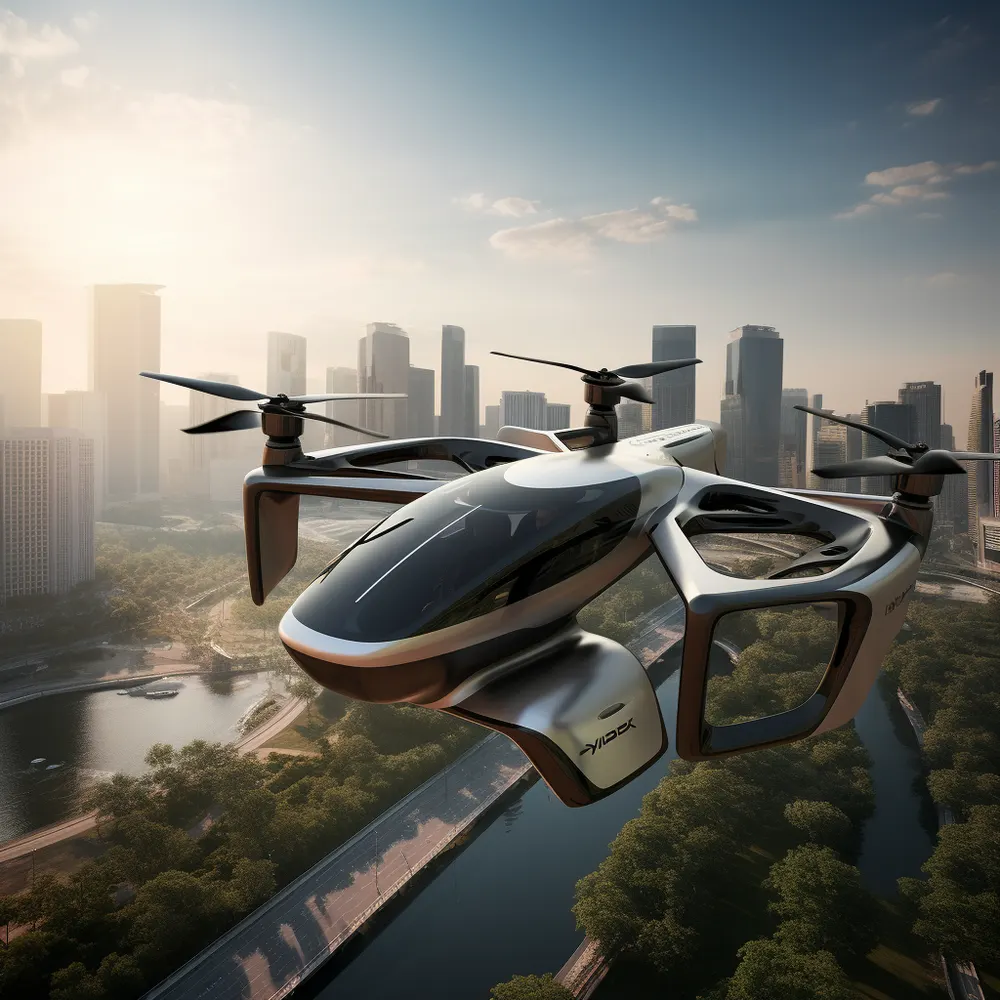Hyundai’s eVTOL aircraft, known as the Supernal S-A1, boasts impressive technical specifications that position it as a promising contender in the urban air mobility (UAM) sector. Here’s a breakdown of its key features:
Range: The S-A1 is designed to fly up to 60 miles (96.5 kilometers) on a single charge, making it suitable for short-to-medium-haul trips within urban areas.
Speed: When cruising, the S-A1 can reach a maximum speed of 180 mph (290 kilometers per hour), allowing for efficient and timely transportation.
Passenger Capacity: Initially, the S-A1 will accommodate four passengers and one pilot. However, as autonomous technology advances, the company envisions increasing passenger capacity to six while retaining one pilot.
Noise Level: Hyundai has prioritized minimizing the noise footprint of its eVTOL aircraft, aiming to operate at a level comparable to a passenger car. This is achieved through its distributed electric propulsion (DEP) system, which utilizes multiple smaller rotors instead of a single large one, reducing overall noise levels.
Additionally, the S-A1 incorporates several safety features, including:
- Redundant Systems: Multiple redundant systems ensure the aircraft can continue functioning even in the event of a single component failure.
- Automated Systems: Advanced automation and control systems provide enhanced safety and stability during flight.
- Crashworthiness Design: The S-A1’s design incorporates crashworthiness features to minimize passenger injury in the event of an accident.
With its impressive range, speed, passenger capacity, and noise level, the Hyundai S-A1 has the potential to revolutionize urban transportation, offering a sustainable and efficient alternative to traditional ground transportation methods. As the company progresses towards certification and commercialization, the S-A1 is expected to play a significant role in shaping the future of urban air mobility.
